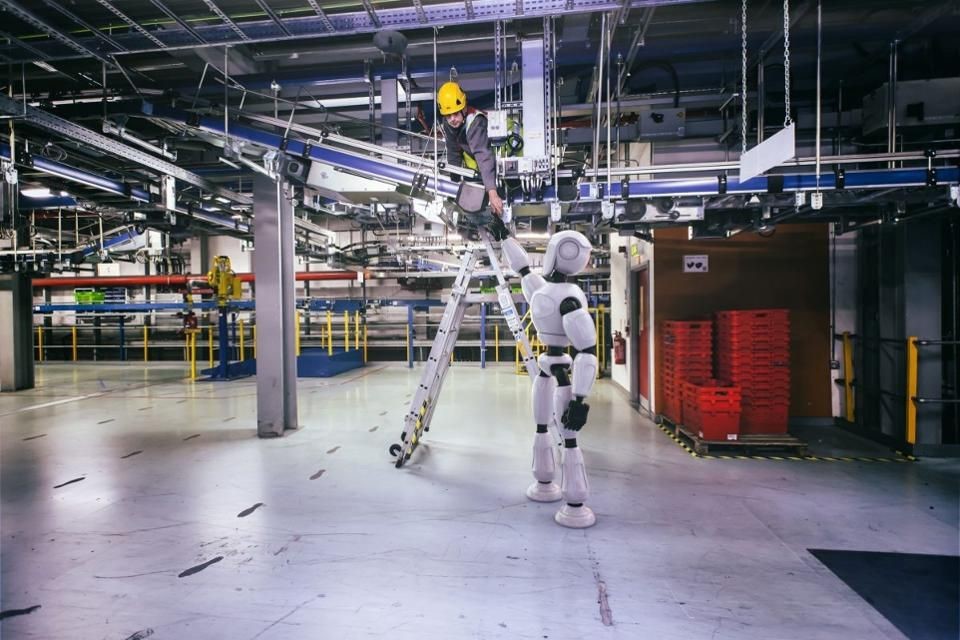The skills shortage across supply chain industries has been a recognised problem for several years, yet is still causing a headache for many organisations. The continuing rapid growth of the industry has resulted in demand for skilled workers outstripping supply all over the world.
According to the US Bureau of Labour Statistics, the number of jobs in logistics are estimated to grow by 26% from 2010-2020. At the same time, demand for supply chain professionals is estimated to exceed supply by a ratio of 6:1.
Changing political climates are only compounding the problem. In the UK, supply chain logistics companies have been reliant on the EU as a source of labour for years. But with uncertainty over Brexit looming, the UK has already seen a wave of skilled and unskilled workers returning to Europe.
"In 2016 the number of individuals working in logistics was around 2.54 million, which equates to approximately 8 per cent of the UK workforce. Around 290,000 are EU nationals (11 per cent)" - FTA Logistics Report 2017
It’s clear that the skills shortage is not going to go away any time soon, so companies must find a way to bridge the gap.
The Rise of the Robots
Our advance into the digital age has given us new opportunities to integrate people, technology and processes in innovative ways.
We’re going to briefly explore three possibilities for the use of technology to;
- Replace workers performing menial jobs, reducing the need for unskilled labour.
- Augment workers and improve their ability to perform tasks, increasing productivity.
- Upskill workers, enabling them to perform more complex jobs by utilising technology.
Many companies involved in supply chain execution have been understandably reluctant to adopt new technologies in the past. There are several reasons why this has been the case (which we’ll look at in a future post), but times are changing. A failure to embrace this fact will be – and indeed, already has been – the downfall of more than one business.
The skills shortage and subsequent rising cost of wages, coupled with the decreasing costs of technology solutions, means the latter is already becoming a far more appealing investment for many businesses.
Replacing Workers
Robotics and automation technologies are steadily replacing human workers responsible for tasks like picking & packing, internal routing & material flow and loading/unloading, among others.
This is extending beyond warehousing and distribution centres into our everyday lives. Driverless vehicles promise to revolutionise transportation, with online grocery giant Ocado estimating that 60% of their delivery costs are labour related.
While this may be a controversial development, there is no denying that is likely to be the way of the future. There are many advantages for businesses that take advantage of the technology, particularly at scale.
For now, there are still some – even basic – tasks that require the “human touch”. In the online grocery business for example, certain delicate items such as fruit & vegetables are simply not suited to be handled by current machines that are liable to damage goods.
For the time being a human hand is still required, but all that may change soon with the development of projects such as Ocado’s Second Hands robot.

Augmenting Workers
An alternative to replacing workers with technology is to instead use it to augment people’s ability to perform tasks.
By integrating technology with humans to create the “augmented workforce”, productivity can be drastically increased. This approach can also be used to great effect to reduce the training required for staff, enabling companies to easily scale the workforce during periods of high demand.
For example, Amazon have been using innovative technologies including robotics and cognitive computing to increase their workforce by 40%, or 120,000 people, during the holiday season.
Through interactive, on-the-job training that makes use of technologies like automated training screens, smart tape dispensers and robotic pallets, Amazon reduced new hire training from 6 weeks to just 2 days.
Upskilling Workers
Modern technology solutions need to focus on simplicity.
Amazon have demonstrated that by ensuring systems are intuitive and easy-to-use yet make use of a high amount of automation and orchestration, many previously complex and time-consuming tasks can be performed by less skilled workers.
Doing this not only provides quick time-to-value for the business, but also provides employees with safe exposure to complex processes and workflows.
This form of practical learning is an excellent way to upskill workers by identifying and nurturing the more cognitive and cross-functional skills that are required to manage the modern supply chain.
"Unskilled people can be recruited, trained and empowered by giving them fit for purpose, easy to use warehouse management systems" - Peoplevox Founder & CEO, Jonathan Bellwood
Integrating & Managing Supply Chain Solutions
One of the greatest challenges facing organisations looking to implement new technologies is how to integrate them into the existing infrastructure and manage them as easily as possible.
The core component required to oversee end-to-end supply chain management is a Warehouse Management System (WMS).
The true “best-in-class” solutions will add a huge amount of value by enabling the flexible integration and detailed analytics needed to successfully manage the adoption of new technologies.
This should also extend beyond the warehouse to include every part of the supply chain, enabling businesses to gain new insights that can help improve end-to-end efficiencies and reduce costs.
We’ll discuss more of what to look for in a WMS in the coming weeks, but in the meantime you can contact Invenio anytime to discuss it with us in person.


